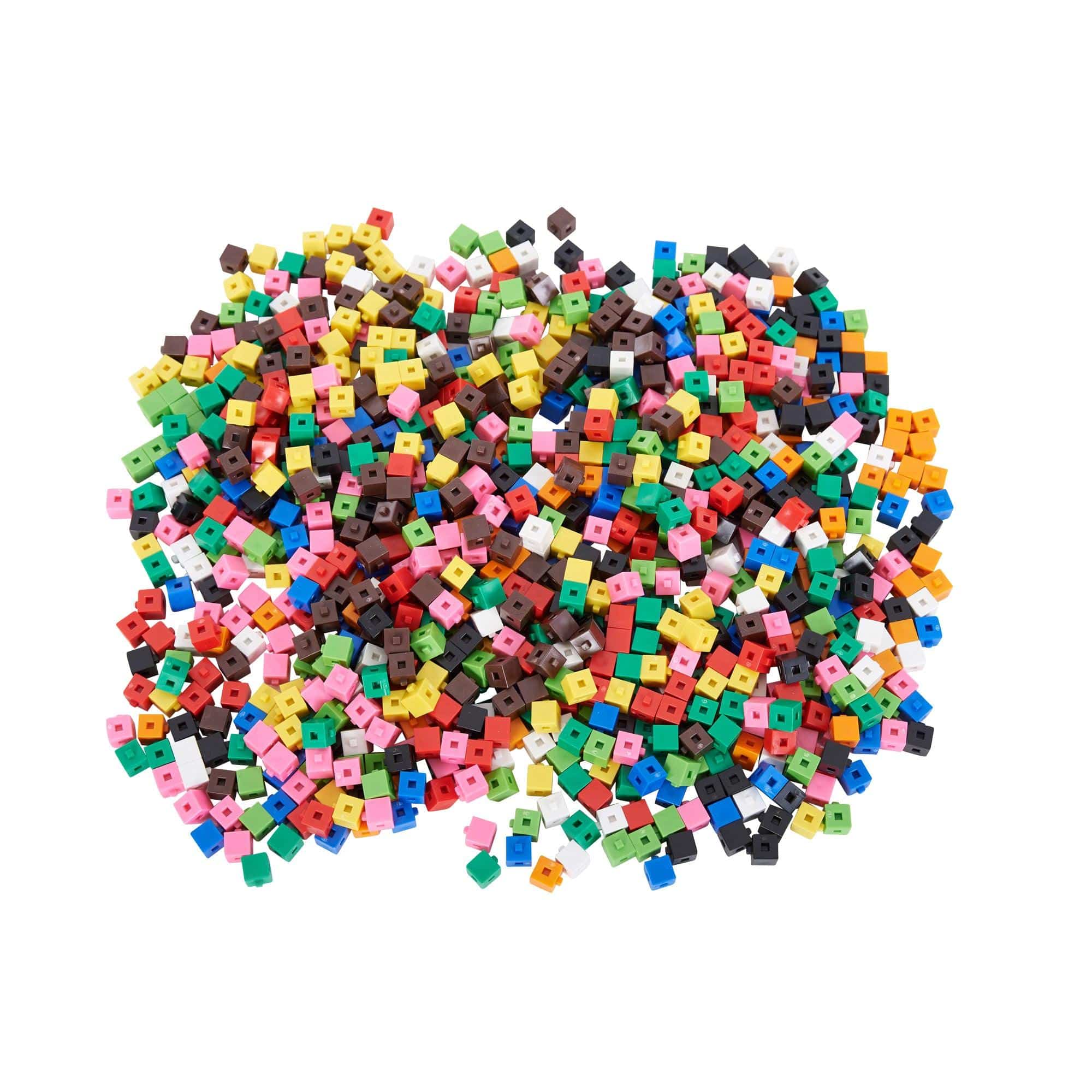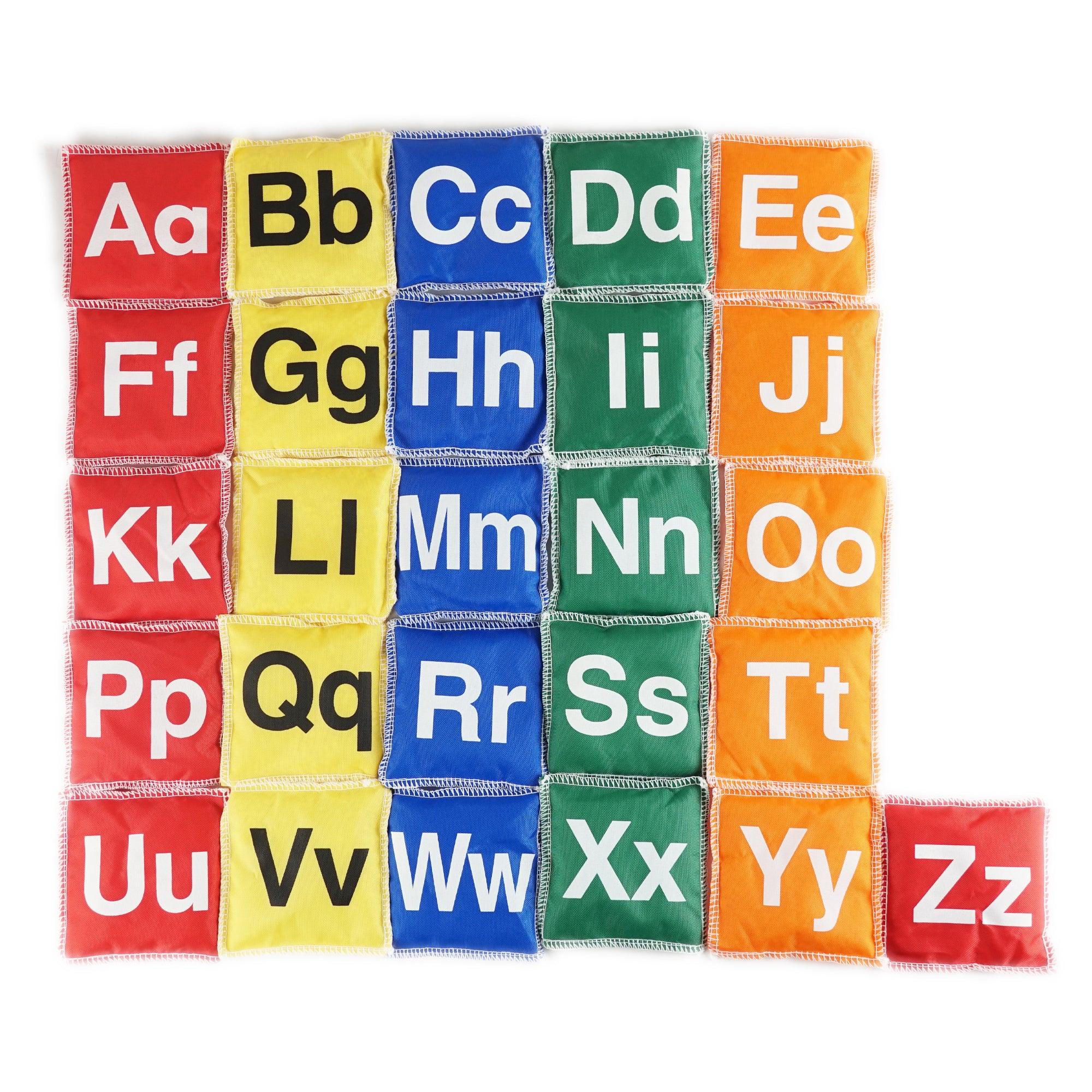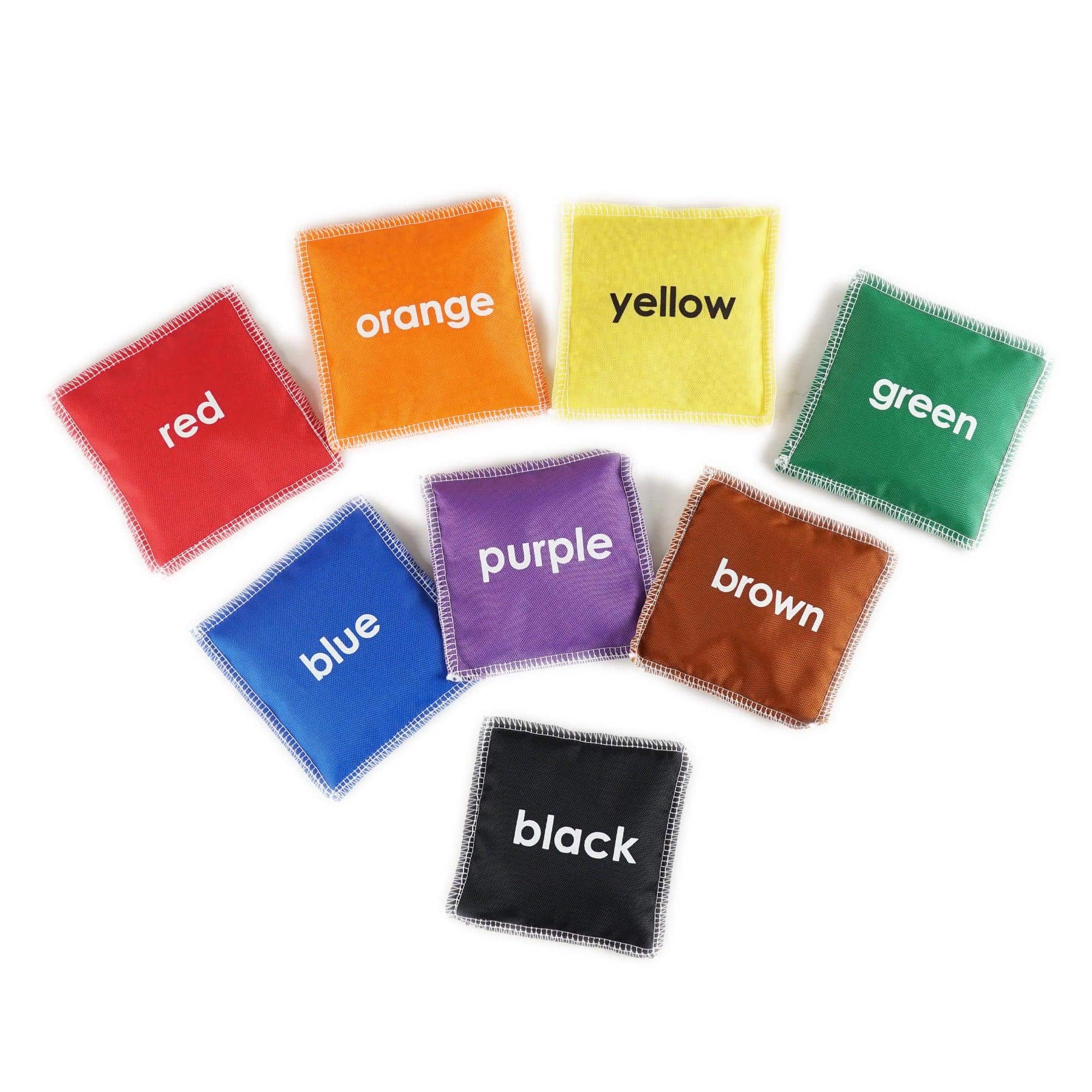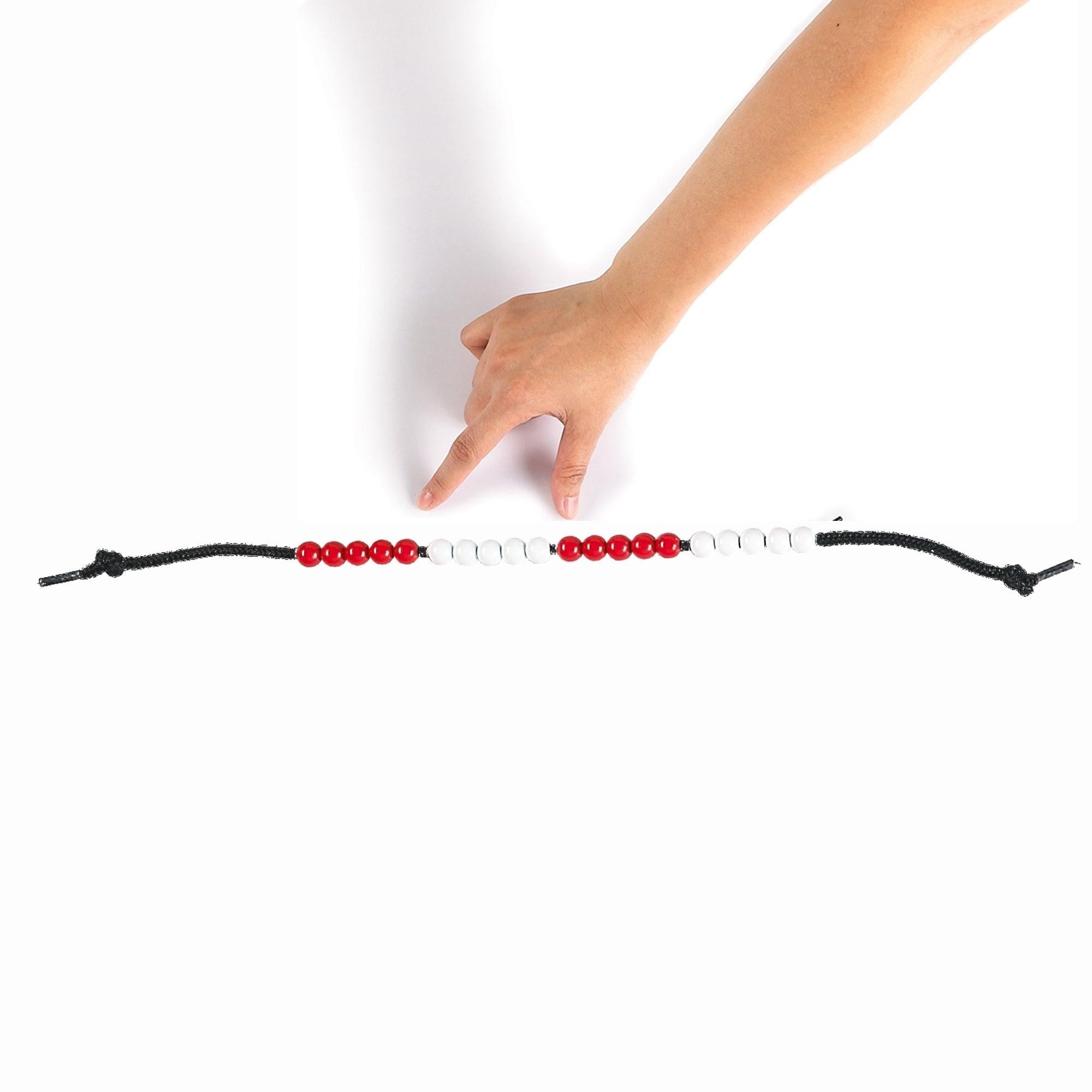The Connection Between Toys and Resilience in Adolescence
Introduction
Adolescence is a crucial stage in human development that involves significant changes in physical, cognitive, and socio-emotional aspects of an individual’s life. During this period, adolescents face various challenges that require resilience and adaptive coping strategies to navigate successfully. One factor that may contribute to the development of resilience in adolescents is the choice of toys they engage with.
The Role of Toys in Resilience Building
Toys play a vital role in a child’s development, but their influence extends well into adolescence. Here are key features of toys that contribute to the development of resilience in adolescents:
1. Open-Ended Play Opportunities
- Toys that offer open-ended play opportunities allow adolescents to explore their creativity and problem-solving skills. They can build, modify, and experiment with various objects and scenarios, fostering resilience by encouraging adaptability and critical thinking.
- Examples of toys with open-ended play opportunities include building blocks, art supplies, construction sets, and puzzles.
2. Cooperative and Competitive Gameplay
- Toys that involve cooperative or competitive gameplay provide adolescents with valuable social interaction experiences. This allows them to develop resilience by learning how to collaborate with others, negotiate, manage conflicts, and deal with both failure and success.
- Board games, card games, and team sports are examples of toys that promote cooperative and competitive gameplay.
3. Role-Playing and Pretend Play
- Role-playing and pretend play toys enable adolescents to explore different roles, perspectives, and emotions. This type of play fosters resilience by promoting empathy, emotional intelligence, and the ability to understand and adapt to different situations.
- Action figures, dolls, costumes, and playsets are popular examples of toys that encourage role-playing and pretend play.
Conclusion
The choice of toys during adolescence can significantly impact an individual’s resilience development. By providing open-ended play opportunities, fostering cooperative and competitive gameplay, and encouraging role-playing and pretend play, toys can contribute to the cultivation of adaptive coping strategies, problem-solving skills, and social resilience in adolescents. As parents, educators, and caregivers, it is crucial to consider the types of toys we offer adolescents and recognize their potential in shaping their resilience during this critical stage of their lives.




